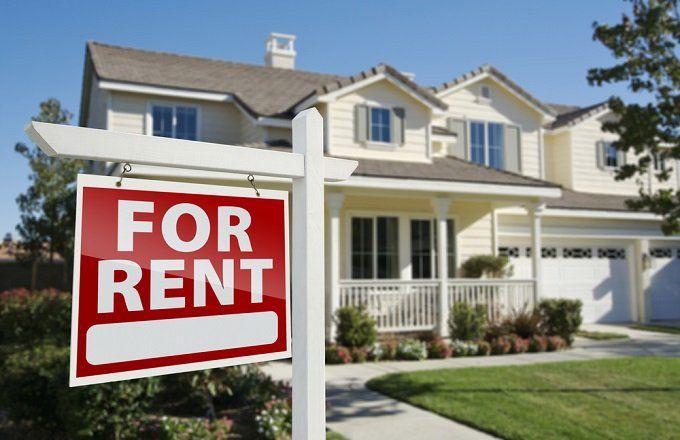
In recent years, the prices in the market have gone up. Everything is expensive, and it seems like it will stay that way for a while. Whether you are a student, someone who changes careers frequently, or just like to move from one place to another, buying a house is not recommended. If your situation requires a lot of moving, you should rent an apartment instead. Renting an apartment is the best choice if you are only going to stay short term and want to save money. Aside from that, there are lots of benefits to renting an apartment.
But if you are new to renting places, you may have quite some questions like “What’s the difference between a security deposit and a downpayment?”, “do you pay security deposit before signing a lease?” or “How do I rent an apartment?” In this article, we will talk about the procedure of renting an apartment and the things you have to know about it.
Step 1: Look for a rental application and fill it up.
The first thing you have to do is secure a rental application. After you’ve looked around and found a place you are interested in, ask for a rental application from the management and fill it up. Some examples of the information to put into this document are your IP picture, complete name and address, contact numbers, emails, emergency contacts, background information, and previous address.
A rental application contains the tenant’s personal contact information and work information. This is for the landlord to do a consumer report. A consumer report is a collection of documents that includes public records like credit and criminal history.
Step 2: Wait, a lot.
After you fill-up the rental application, they will do a lot of checking. They will check your credits, your job, and your personal history. You have to wait for a bit while they process your form. They do credit checks to know about your job and income. They need to ensure that you can pay and have a stable job and reliable income. The landlord usually asks for copies of your official receipts, bank statements, and tax returns.
They also do background checks. They want to see if you are responsible and if you pay on time. Your landlord usually checks your criminal record, employment history, and eviction history.
Step 3: See if you need a co-signer
After doing the background and credit checks, the management or your landlord will then asses if they will accept a co-signer if ever you have one. A co-signer is someone who has good credit and is willing to accept the responsibility. If you have something negative in your credit history or it is not enough, the co-signer will pay for your rent in case you cannot. This process is a co-signer’s legal responsibility.
Step 4: Sign the lease and pay the security deposit.
Once the process is done and you reach the end, you must read and sign the lease. A lease is a contract that shows that the two parties agree that the tenant will pay for a certain service, property, and building. The contract includes the time of payment, services, and amenities. It highlights that a certain party owns a specific place, and another party, the tenant agrees to rents it.
The tenant pays the security deposit at the same time they sign the lease. You should not pay first before signing any legal document. A down payment is different from a security deposit. Buying houses requires a downpayment. A down payment is a part or fraction of the total price you have to pay. A security deposit is a money a tenant pays to be used in case they cause any damage to the property.







